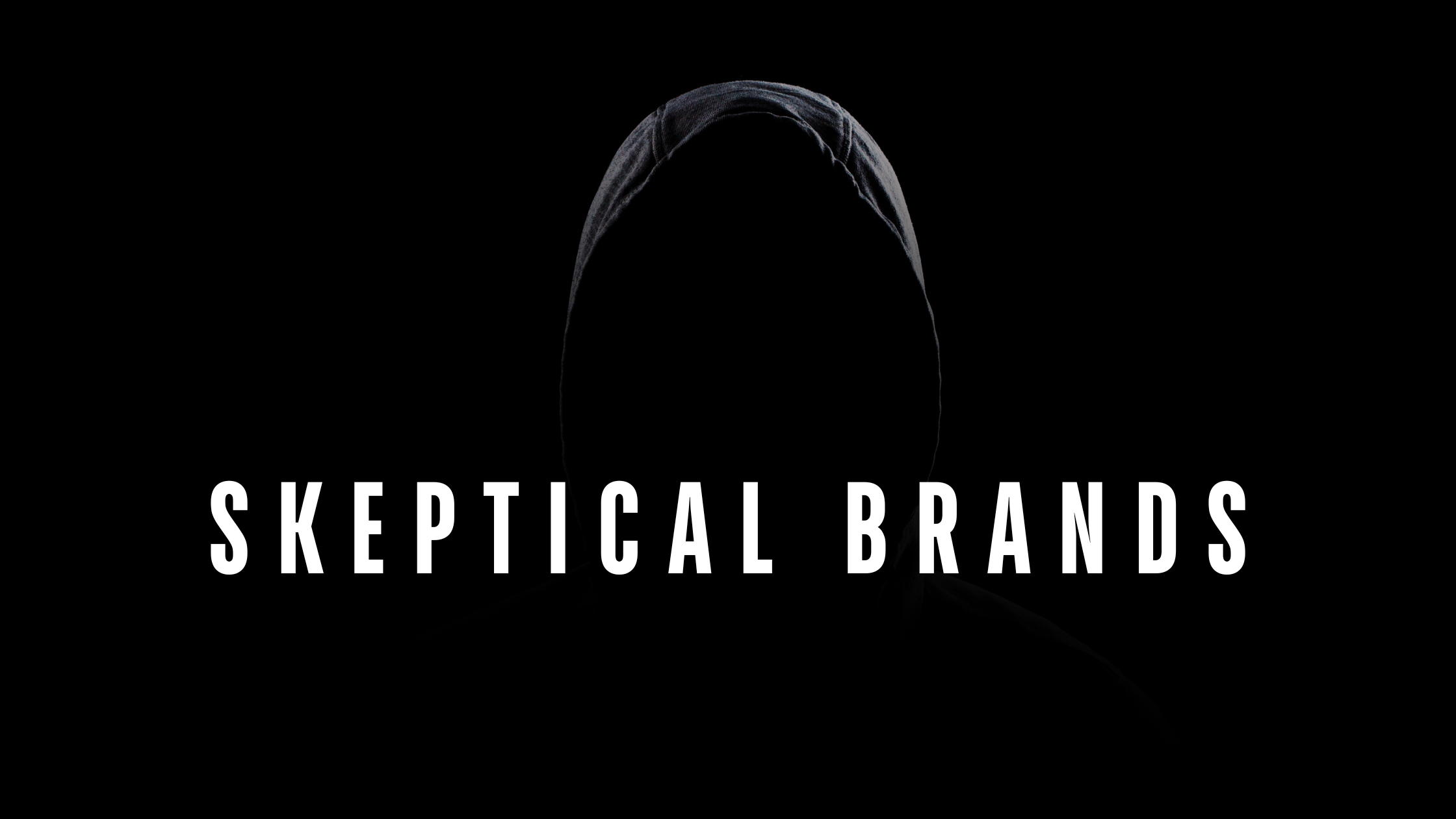How to Verify Website Legitimacy: A Complete Guide to Stay Safe Online
The digital world is full of opportunities, but it also comes with risks. One of the biggest challenges is spotting fake websites designed to scam you out of your money or personal information. Learning how to verify website legitimacy is crucial to protect yourself from falling victim to these online threats. In this guide, we’ll explore practical steps to research a website's legitimacy and stay safe online.
Why You Should Verify Website Legitimacy
Cybercriminals often create counterfeit websites that look almost identical to real ones, tricking unsuspecting users. These sites can steal personal details, payment information, or even infect your device with malware. That’s why it's important to take precautions and verify website legitimacy before engaging with any online platform, especially when sharing sensitive information.
Fake websites aren't just limited to e-commerce; scammers often set up fake charities, investment platforms, and even social media accounts to deceive people. Taking time to research these entities is key to protecting your financial and personal security.
Red Flags to Watch Out For
Spotting fake websites can be easier if you know what to look for. Here are some common red flags:
-
Misspelled URLs: Scammers often register domain names similar to legitimate sites but with slight misspellings, extra characters, or incorrect extensions (e.g., .net instead of .com).
-
No SSL Certificate: A legitimate website will have "https" in the URL and a padlock icon in the address bar. Websites without these security features are not safe for sharing sensitive information.
-
Too-Good-To-Be-True Deals: Suspiciously low prices or unrealistically good offers are often bait to lure in victims.
-
Fake Reviews: Scammers use fabricated reviews to gain your trust. Reviews that seem overly generic, repetitive, or all-positive may indicate fraud.
-
Poor Web Design: Legitimate websites usually have polished designs. If a website looks outdated, has broken links, or lacks proper formatting, it could be fake.
By checking these details, you can start the process to verify website legitimacy and avoid potential scams.
Tools to Verify Website Legitimacy
Here are some reliable tools you can use to research and confirm the trustworthiness of a website:
-
ScamAdviser: Analyze website trust scores and identify suspicious activity. (scamadviser.com)
-
Google Transparency Report: Check whether a website is safe or has been flagged for malicious activity. (transparencyreport.google.com)
-
Norton Safe Web: Scan websites for malware, phishing attempts, and other risks. (safeweb.norton.com)
-
Better Business Bureau (BBB): Research businesses and read reviews or complaints. (bbb.org)
Using these tools allows you to verify website legitimacy before making purchases or sharing personal information.
WhoIs Lookup: Investigating Website Ownership
Performing a WhoIs lookup can provide useful insights into the ownership and registration details of a website. It reveals information such as the domain owner, registration date, and expiration date. This information can help you determine whether a website has been around long enough to build credibility.
However, sometimes domain owners choose privacy protection to safeguard their business information. This may appear suspicious at first, but it's a precautionary measure to keep their data safe. If all other green flags are present, this shouldn’t deter you.
When combined with other steps, a WhoIs lookup is a valuable tool to help you verify website legitimacy confidently.
Reviews and Reputation
Another way to assess a website’s legitimacy is by checking customer reviews and researching its reputation. Platforms like Trustpilot, the Better Business Bureau (BBB), or even social media can provide valuable insights.
-
Trustpilot: A trusted platform for user-generated reviews about businesses and websites.
-
BBB: Provides detailed business profiles, including complaints and ratings.
-
Social Media: Check whether the website or organization has an active and verified presence on platforms like Facebook, Instagram, or LinkedIn.
If reviews are consistently negative or appear fake, it’s a sign to proceed with caution. Relying on reputable sources is key to ensuring you verify website legitimacy effectively.
Internal and External Links
Knowing where to find credible resources is essential for staying safe online. Refer to trusted tools and organizations:
-
Internal Link: Skeptical Brands Blog – Discover more insights and tips for avoiding online scams.
-
External Links: ScamAdviser, Google Transparency Report, Norton Safe Web, and BBB, as mentioned above.
By using these resources, you can take proactive steps to verify website legitimacy and protect yourself.
Additional Steps for Verification
Beyond the tools and red flags mentioned above, here are additional measures to ensure a website’s legitimacy:
-
Contact Information: Legitimate websites will have clear and verifiable contact details, such as a customer service phone number or email address. Test these methods of contact if you have doubts.
-
Privacy Policy: A real website will have a comprehensive privacy policy explaining how your data is used.
-
Domain Age: Use tools like WhoIs Lookup to see when the domain was registered. Websites created very recently may require more scrutiny.
-
Search for Independent Mentions: Check if other trusted sources mention the website or organization. If it’s a legitimate business, you’ll often find external validation.
Stay Skeptical and Stay Safe
Fake websites are becoming increasingly sophisticated, but with the right knowledge and tools, you can outsmart cybercriminals. Always take a moment to verify website legitimacy before clicking “buy now” or entering personal information.
At Skeptical Brands, we’re here to help raise awareness about cybercrime and provide the resources you need to stay safe. Have you encountered a fake website? Share your experience and help others spot scams.
Visit skepticalbrands.com to learn more, share your story, or support our mission to fight cybercrime.
Stay aware, stay skeptical, and stay safe.




Leave a comment
All comments are moderated before being published.
This site is protected by hCaptcha and the hCaptcha Privacy Policy and Terms of Service apply.